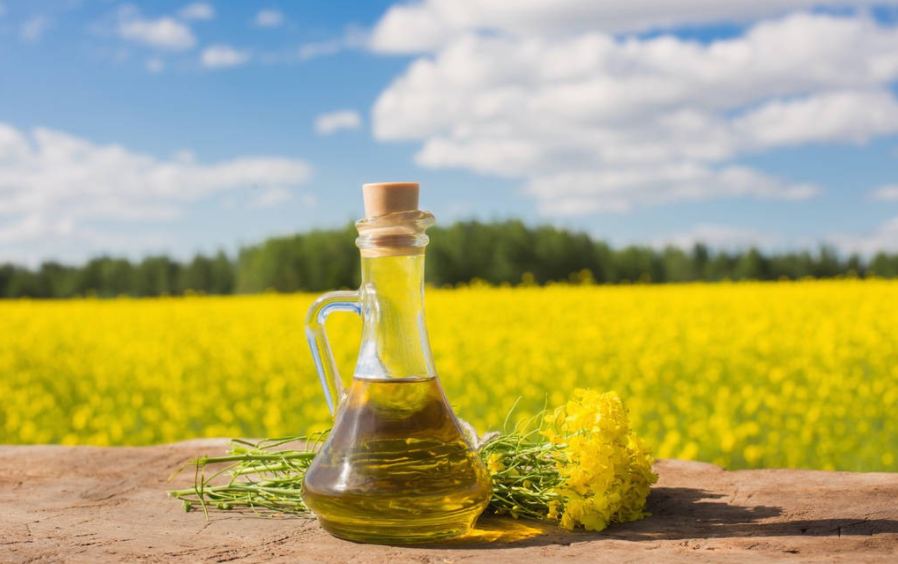Rapeseed oil is one of the three major edible vegetable oils in the world and has a unique flavor. In countries such as Germany, Switzerland, Austria, and Denmark, virgin rapeseed oil is very popular among consumers due to its soft and fresh taste and cabbage aroma; in China, strong coriander seed oil (hot pressed rapeseed oil) has a strong aroma, and the audience Increasingly, the annual consumption has exceeded 1.5 million tons. The research on the flavor of rapeseed oil is one of the research hotspots in oleochemistry and flavor chemistry in recent years.

On June 20th, the Jiangnan University Edible Oil Nutrition and Safety Technology Innovation Team (Zhang Youfeng, Yuqi Wu, Sirui Chen, Binbin Yang, Hui Zhang, Wang Xingguo, Michael Granvogl, Jin Qingzhe) published a review article online in "Food Science and Food Safety Review" "Flavor of rapeseed oil: An overview of odorants, analytical techniques, and impact of treatment", summarizes the research progress of rapeseed oil flavor, including the composition of aroma substances, analytical techniques and the influence of rapeseed processing methods and oil refining methods .
This article first summarized the aroma active substances in rapeseed oil (including peculiar smell substances), and proposed the formation path of key aroma substances. At present, 137 kinds of aroma substances of rapeseed oil have been discovered, mainly including aldehydes, ketones, acids, esters, alcohols, phenols, etc. These aroma substances mainly present roasted, fatty, cheese, green, fruity, spicy, citrus, sweat, sweet, spicy, floral, nutty, earthy, sulfur and coconut aromas.
This article summarizes the flavor analysis technology of rapeseed oil and other edible oils, including the extraction of flavor substances, qualitative and quantitative techniques, sensory analysis, and chemometric analysis methods; it points out that the instrument data and sensory data are combined to obtain the "integrity" of rapeseed oil. The aroma characteristics of rapeseed oil are still a challenge. Some key trace aroma compounds (especially aroma compounds related to odor) still need to be further identified. It will be helpful to find out the specific relationship between the sensory properties of rapeseed oil and the aroma compounds. To fully understand how the overall aroma of rapeseed oil is affected by the aroma active substances.

The article also summarized the effects of different treatment processes (storage, peeling, seed frying, microwave, leaching, refining and oil heating) on the flavor of rapeseed oil from the sensory and molecular perspectives. Due to the differences in regional eating habits and consumption preferences, there are different opinions on what is good-flavored rapeseed oil. It is helpful to guide the selection of rapeseed raw materials and the application of corresponding processing technologies to clarify the flavor preferences of different groups of people.
This article systematically reviews the aroma substances and flavor analysis techniques of rapeseed oil, summarizes the processing process that affects the flavor of rapeseed oil, and raises questions that need further research. It is the development of flavor-oriented rapeseed oil product development and flavor control technology. for reference.
Copyright © Henan Zhongxing Grain And Oil Machinery Co.,Ltd. All Rights Reserved. Powered by MetInfo